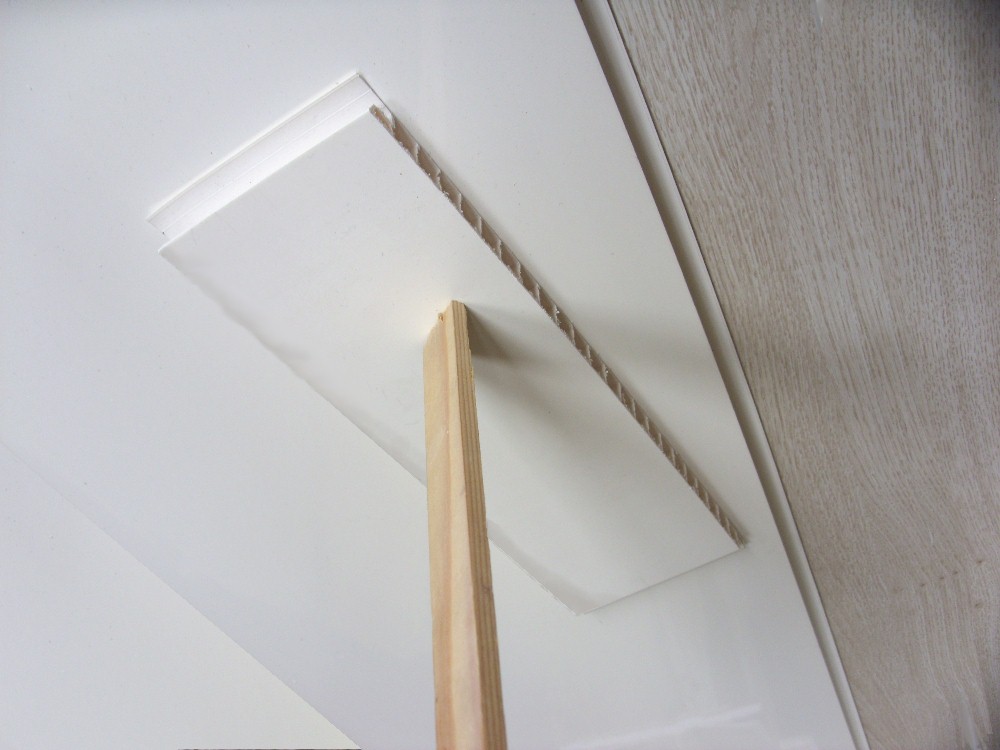PVC vs Aluminium: Unveiling the Cost Efficiency Debate
2 min read
In the world of construction and manufacturing, the choice of materials plays a crucial role in determining the overall cost and quality of a project. When it comes to selecting between PVC (Polyvinyl Chloride) and aluminium, one of the key factors that often comes into consideration is the cost. In this blog post, we will delve into the cost comparison between PVC and aluminium, exploring their respective advantages and disadvantages, and ultimately determining which material offers a more cost-effective solution.
- Cost Comparison:
To accurately assess the cost efficiency of PVC and aluminium, it is essential to consider various aspects such as material cost, installation expenses, maintenance requirements, and lifespan. PVC, being a synthetic plastic, is generally more affordable than aluminium, which is a metal. However, the cost of aluminium can vary depending on factors like alloy type and market fluctuations. While PVC may have a lower upfront cost, it is important to consider the long-term implications as well. - Installation and Maintenance:
When it comes to installation, PVC is relatively easier to work with due to its lightweight nature. This can result in reduced labor costs and faster installation times. Additionally, PVC requires minimal maintenance, as it is resistant to corrosion, rot, and pests. On the other hand, aluminium, although more durable, may require periodic maintenance to prevent oxidation and ensure longevity. These maintenance costs should be factored in when evaluating the overall cost efficiency. - Energy Efficiency:
Energy efficiency is another crucial aspect to consider when comparing PVC and aluminium. PVC is known for its excellent insulation properties, which can contribute to energy savings in heating and cooling applications. Aluminium, being a metal, has lower insulation capabilities and may require additional measures to achieve similar energy efficiency. This can impact the overall operational costs of a building or structure over its lifespan. - Environmental Impact:
In recent years, environmental considerations have become increasingly important. PVC, being a plastic material, has faced criticism due to its production process and potential environmental impact. Aluminium, on the other hand, is highly recyclable and has a lower carbon footprint. This aspect should be taken into account when evaluating the cost efficiency of these materials, as sustainability and eco-friendliness are becoming key factors in decision-making.
Conclusion:
After a comprehensive analysis of the cost efficiency debate between PVC and aluminium, it is evident that both materials have their own advantages and disadvantages. While PVC offers a lower upfront cost, easier installation, and minimal maintenance, aluminium provides durability, recyclability, and better long-term energy efficiency. The ultimate choice depends on the specific requirements of the project, considering factors such as budget, lifespan, environmental impact, and energy efficiency goals.
